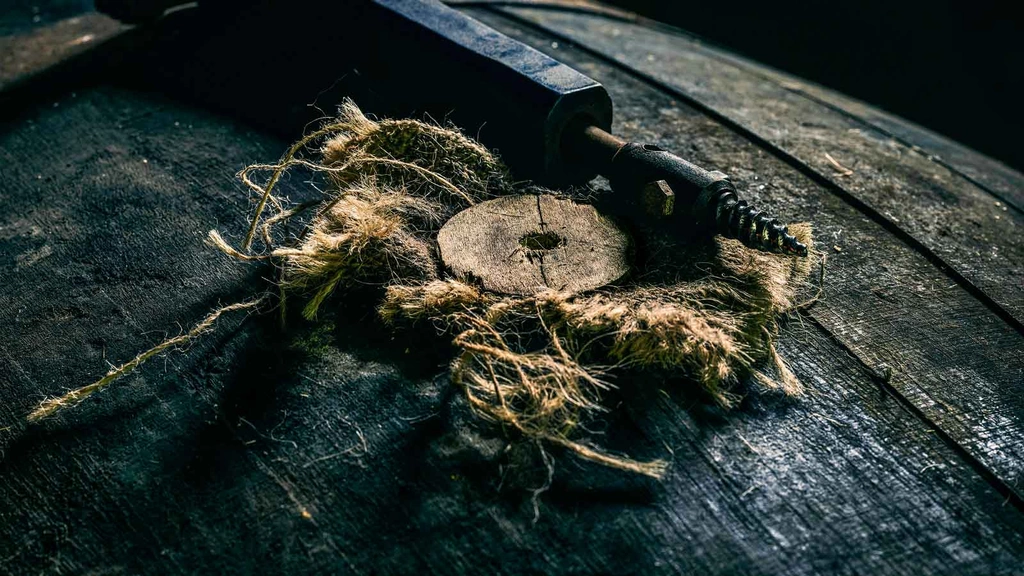Scotch Whisky Production
Scotch can be roughly categorised into two distinct camps. Malt Whisky and Blended Whisky. Neither is better than the other, however both go through a distinct process initially.
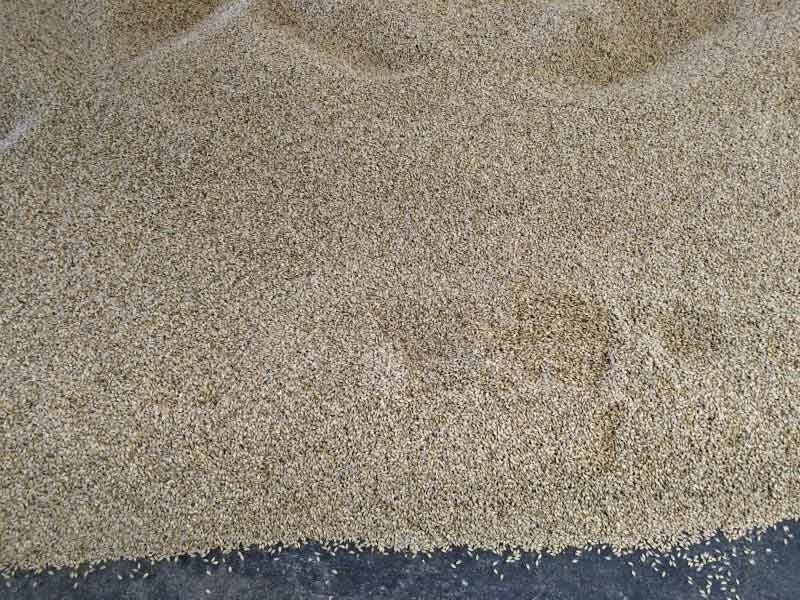
1. BARLEY
Barley is used primarily for Scotch production in the -United Kingdom and Ireland. Generally speaking, distillers utilize the grain, cereal or fruit that is abundant in their region. In Scotland the hardiest of all crops is barely.
Barley is chosen on and has been bred to produce low nitrogen (which leaves high levels of starch). This high level of starch will germinate well, and have a high amount of sugars that are easily fermented.
Although Scottish barley doesn't have to be used by law, it generally is to reduce transport costs. If the crop fails that season, barely can be brought in from within the UK and Europe.
2. MALTING
The process of malting is often overlooked and is integral to the yield of Whisky that is produced from the initial grain. The process of malting is essentially the germination of the barley seed, tricking the grain into thinking it’s Spring-like conditions. This germination then produces what’s known as a chit, or small white shoot. When the barley has been hydrated, it is then placed in a germinating drum where cool damp air is blown over its surface. The endosperm of the grain will continue to bloom and convert as much starch to sugars that is possible.
By law, distillers are not legally allowed to add any additional enzymes to assist this conversion.
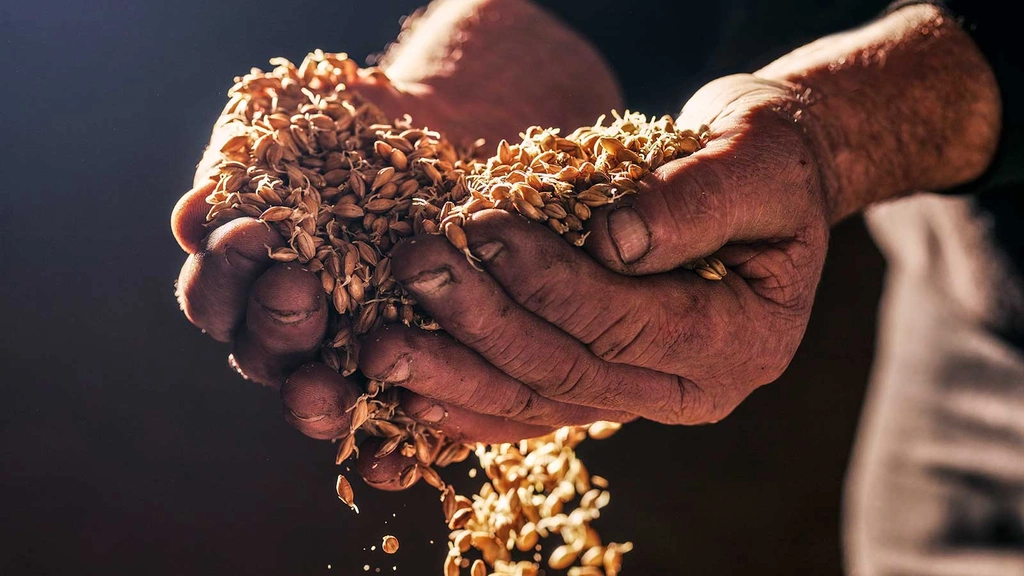
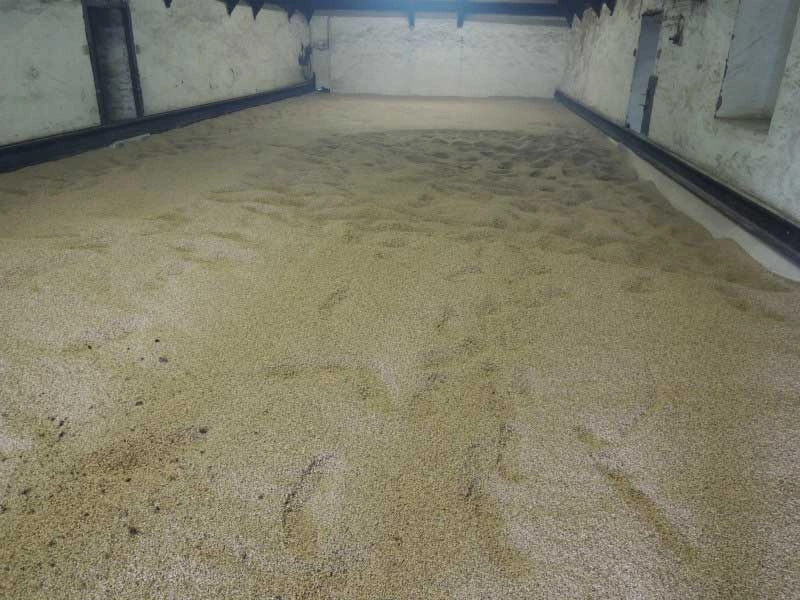
Malting cont...
At this stage the whiskys’ flavour profile has already started to take shape. Most notable in the form a malted, cereal-like toastiness.
After a few days, the grain’s germination needs to be halted before it turns to a plant and becomes useless to a distiller. This process needs to also not kill any of the enzymes within the grain. The grain is taken, strained and spread across a perforated floor of a kilning room, to which underneath is a heat source.
There are a number of ways the barely can be dried and some of these fuels can add flavour. If you use an oil burner, no flavour will impart the final whisky, however, if you want smokiness in your whisky you will have to use...
3. PEAT – What is Peat?
Scotland for a long time before modern civilisation was under water. When the Scottich Isles finally emerged, there was a huge amount of plants that had decayed, compressed and then semi-carbonised into a form of baby coal. When coal was not accessible to be used as a heating fuel, peat bog reserves were used. Although a piece of dried peat will not smell of anything (apart from mud) - when it is lit, a highly aromatic reek is released: medicinal, carbolic, woodsmokey, meaty, tarry, creosote-like, clove, marine aromas are all detectable. Many of these aromas are grouped together into a family of oils known as phenols.


PEAT – What is Peat? cont....
It is these phenols which rise with the smoke and adhere to the surface of the still damp barley aromatising it. It is peat smoke, not a peat fire (or peaty water) which gives smokiness to the final spirit. The more peat you burn, the smokier your malt will be.
Peat is measured on a scale known as phenolic parts per million (PPM). This scale does not allude the final ‘smokiness’ of the whisky, rather than the amount of peat added through the kilning process.
The proximity of peat to the ocean means the flavours are intrinsically grouped together. These maritime and salinity elements go a long way to making whisky flavour profile we know today.
4. MILLING/MASHING
The process or milling or mashing the grain involves a number of processes. Initially the grain needs to be split, separating the ‘flour form the husk. This occurs to not simply make the milled grain turn to glue. Once separated, the flour, known as grist is added to warm water (63-65 degrees).
Once the hot water is mixed with the grist, the fermentable sugars in the starch is converted to sugar. This brown, sugary liquid, known as wort, trickles through the solids and is pumped into a cooling vessel, and into a fermentation tub.
The spent grains (known as draff) are then on sold for cattle feed.
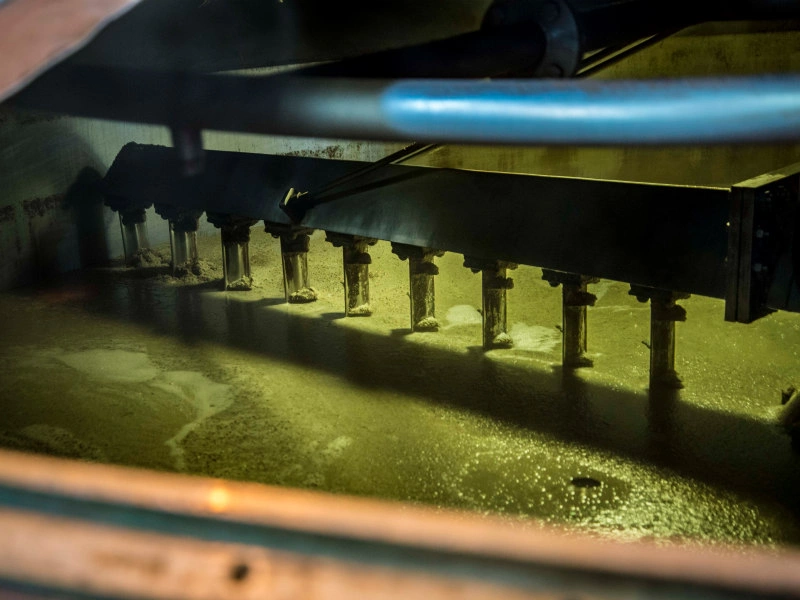

5. FERMENTATION
The fermentation process takes place over time, differing between distilleries. A large amount of the distillates final flavour will come from this fermentation process, with the distilling mostly concentrating these initial flavours.
6. YEAST TYPES
Scotch whisky distillers all use the same yeast variety - distiller's yeast that has been hybridised. (Saccharomyces Cerevisiae and Saccharomyces Diastaticus).
Because of this, yeast is not considered to contribute to the differences in flavours created at each distillery. This differs to American Whiskey production where a number of yeasts are used to contribute to the final flavour.

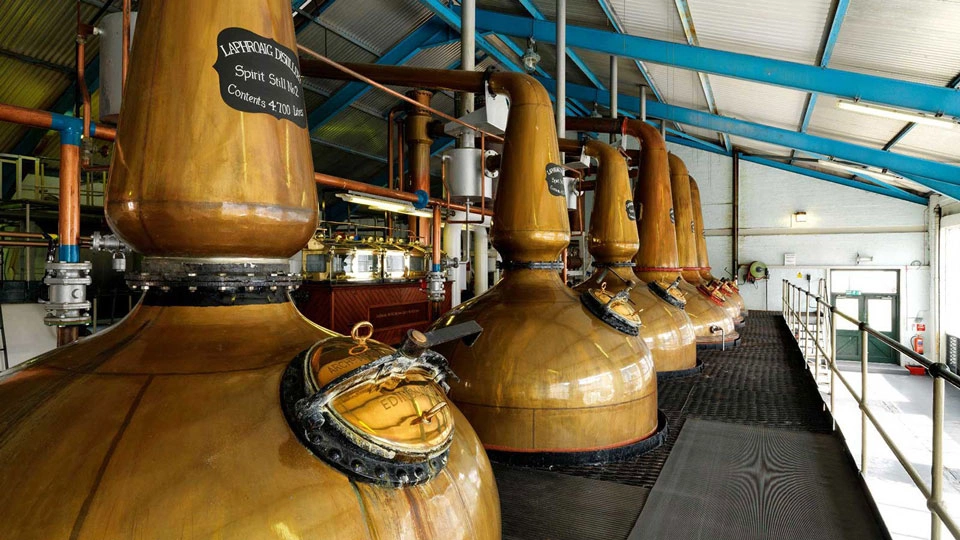
7. DISTILLATION
Malt whisky is produced using pot distillation. Scotch is generally a twice-distilled spirit with two stills being utilised. A wash still for the first distillation and a spirit still for the second distillation. The size and shape of the still will contribute the final flavour of the whisky. A general rule is the longer and more slender the still, the more delicate and soft the end spirit. Adverse to this, the shorter and stumpier the Still the more robust the spirit will become.
8. MATURATION
All scotch whisky (grain and malt) has to be aged for at least three years in oak, in Scotland, in oak casks no larger than 700 litres.
This interaction between spirit and oak will have up to 70-75% of flavour attributed to it.
Oak is used for a number of reasons. Although oak is watertight and will not have liquid leak from it, it will still allow oxygen to enter the barrel. This oxygen allows the spirit to breathe and be susceptible to temperature.
Casks are constructed by barrel makers (coopers) that after production toast the barrel to impart a light char and ensure a consistent toasting. This toasting will contribute final flavours to the spirit. This toasting will also make the wood come alive and will generate the activity for flavour maturation.
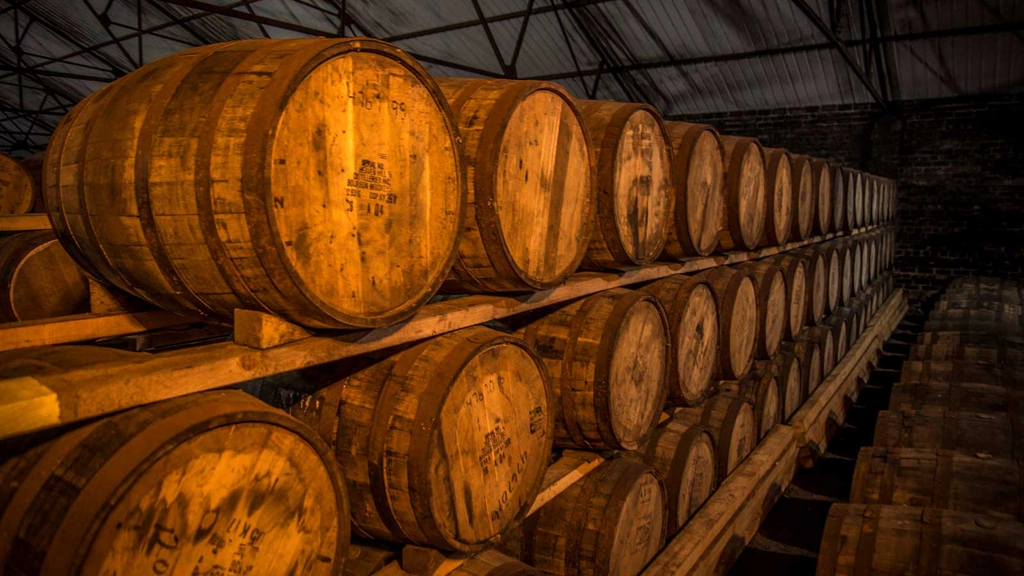
_800.jpg.webp?itok=uitiB0Ao)
MATURATION cont...
The most widely used types of oak are American white Oak (Quercus Alba) and European Oak (Quercus Robur). Each of these grains of wood differ and will result in a different flavour characteristics. The lesser known species used are French oak (Quercus sessiliflora) and Japanese Oak (Quercus mongolica).
The casks used for Scotch production are exclusively second-hand, meaning they are purchased from sherry and American whisky producers after being used for their initial intention.
Second hand barrels are used for a number of reasons. Historically, the Scottish cooperage industry could simply not keep up with whisky production, meaning imported barrels had to be purchased. Secondly, in the 19th century many wines from Spain would of been transported by barrel to Scotland. After consumption, it made perfect sense to utilize the empty vessel the wine was transported in.
9. Barrel Sizes
Casks can be classified in a number of shapes and sizes. They are as follows:
Gordas. 700L
Port pipes and Madeira Drums. 550L
Butts and Puncheons. 500L.
Cognac 350L
Hogsheads 250L
Wine barriques 225L
Quarter casks 50L
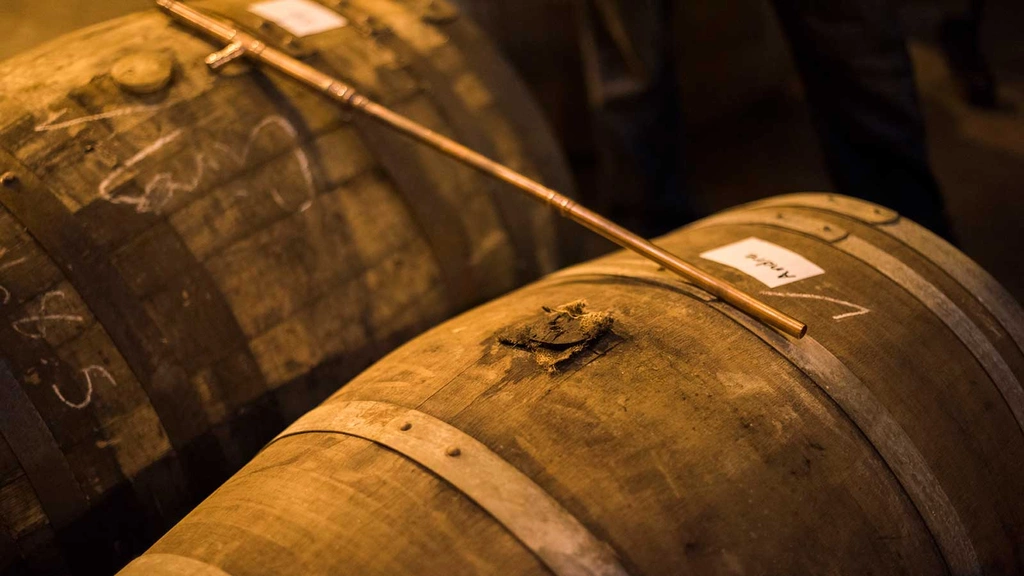

10. GRAIN Whisky
Grain Whisky is often spoken about with little respect. It is generally used to purely lengthen the big malted whiskeys in a blend. This is not exactly the case. Grain whisky can be flavourful, have plenty of character and contribute great character to a final blend. It must be said the six grain distilleries in Scotland produce more whisky than all of the 100+ malt distilleries put together.
Scotch Whisky Types
Although Scotch Whisky is regulated by a strict set of regulations pertaining to its production, there are a number of styles of Scotch whisky on the market today.
